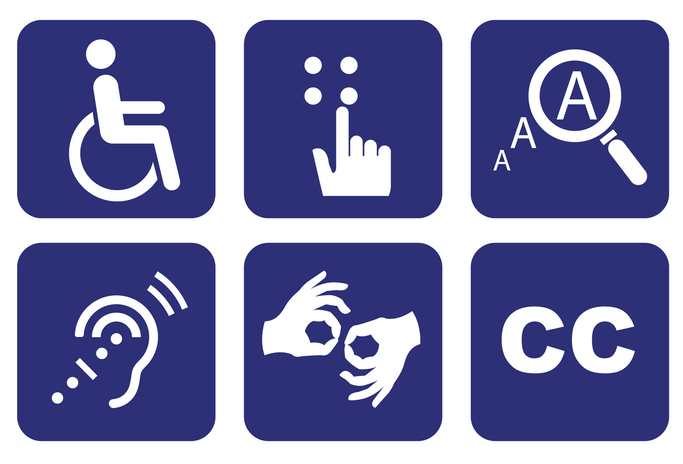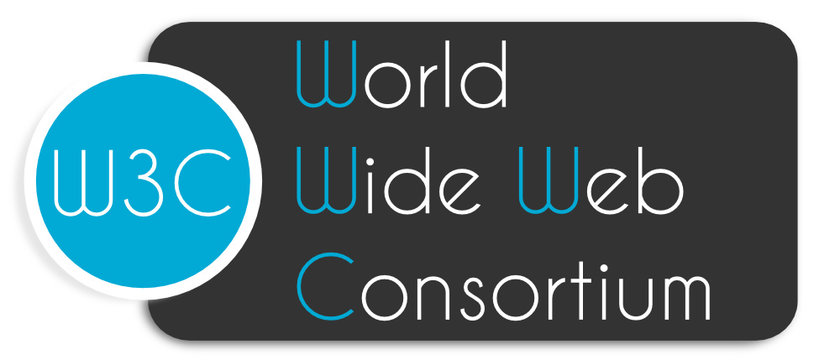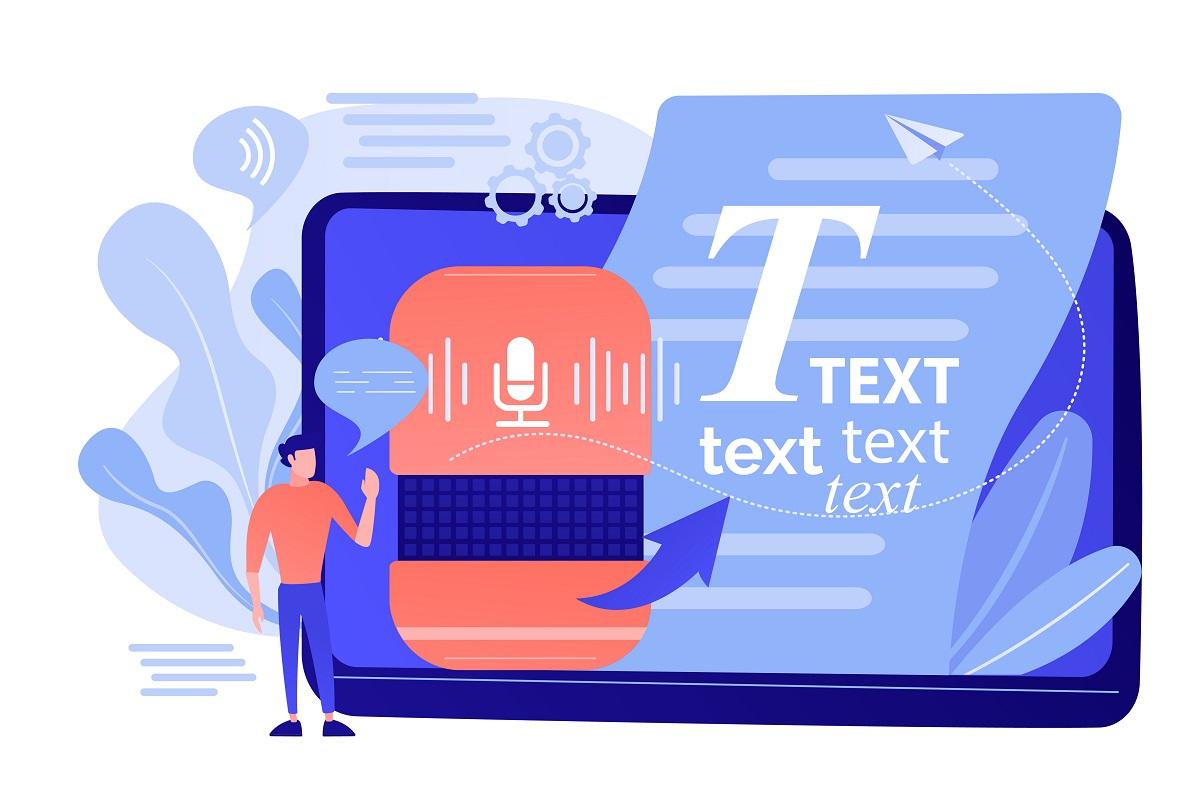
What is WCAG?
The Web Content Accessibility Guidelines (WCAG) are a set of international standards developed by the World Wide Web Consortium (W3C) to make web content more accessible to people with disabilities.

These guidelines help ensure that websites, tools, and technologies are accessible to individuals with a wide range of disabilities, including visual, auditory, physical, speech, cognitive, language, learning, and neurological disabilities.
WCAG has evolved over the years to address emerging web accessibility needs and technologies. Each new version builds upon the previous one, adding and refining guidelines to improve accessibility for a wider range of users.
WCAG Version 1.0
WCAG 1.0 was released in May 1999 by the Web Accessibility Initiative (WAI) of the W3C. It was the first comprehensive attempt to provide guidelines for making web content accessible to people with disabilities. WCAG 1.0 contained 14 guidelines organized into three priority levels. Each guideline addressed a specific aspect of web accessibility.
For instance, it emphasized providing text equivalents for non-text elements, ensuring that information conveyed with color was also available without color, and creating documents that could be read without a style sheet.
The guidelines were designed to cover various disabilities, including visual, auditory, physical, speech, cognitive, language, learning, and neurological disabilities.
WCAG Version 2.0
WCAG 2.0 was released in December 2008, following years of development and public feedback. This version was designed to be more comprehensive and technology-agnostic, making it applicable to a wider range of web technologies.
WCAG 2.0 introduced four principles (POUR): Perceivable, Operable, Understandable, and Robust. Each principle was supported by specific guidelines and success criteria designed to ensure web content was accessible.
The guidelines were organized into three levels of conformance: A, AA, and AAA, each representing a different degree of accessibility and complexity in implementation.
WCAG Version 2.1
Published in June 2018 as an update to WCAG 2.0, building on the existing guidelines to address the needs of a wider range of users.

WCAG 2.1 introduced 17 new success criteria to enhance accessibility, particularly for users with cognitive or learning disabilities, low vision, and those accessing content on mobile devices.
Key additions included guidelines for input modalities (like ensuring touch targets are large enough to be easily activated) and extending existing criteria to cover more contexts (like ensuring sufficient contrast in graphical objects).
WCAG Version 2.2
Officially released in November 2023, WCAG 2.2 continues to build on the principles of WCAG 2.1, aiming to make web content more navigable, predictable, and usable for a broader audience.
This version introduced nine new success criteria, further addressing accessibility barriers for people with disabilities, particularly those related to cognitive, visual, and mobility impairments.
Difference Between WCAG 2.1 and WCAG 2.2
While WCAG 2.1 is already being adopted by organizations, WCAG 2.2 is the latest version and is gradually gaining adoption as developers and organizations strive to meet the most current accessibility standards
-
Scope and Coverage
WCAG 2.1 addresses emerging technologies and new accessibility challenges, while WCAG 2.2 further extends the guidelines to encompass additional user needs and technological advancements. -
Focus Areas
WCAG 2.1 focuses on mobile accessibility, cognitive disabilities, and low vision, while WCAG 2.2 expands to include requirements for user interface components, user customization, and users with cognitive and learning disabilities.
Example
User Interface Component Contrast (1.4.13) from WCAG 2.2 introduces new success criteria to address contrast issues specifically related to user interface components, such as buttons, form fields, and other interactive elements.
The Principles of WCAG
WCAG are based on four core principles: Perceivable, Operable, Understandable, and Robust. These principles, collectively known as POUR, are designed to ensure that web content is accessible to all users, including those with disabilities.

Perceivable
The Perceivable principle focuses on making sure that users can perceive the information being presented. This includes providing text alternatives for non-text content like images and videos, such as alt text for images and captions for videos.
Additionally, content should be presented in ways that can be easily distinguished, like using sufficient color contrast and ensuring that audio and visual content is accessible through various means.
By doing this, websites ensure that users with visual or auditory impairments can still access the information they need.
Operable
Operability means that users must be able to navigate and interact with a website effectively.
This includes ensuring that all functions are accessible via keyboard for users who cannot use a mouse. Websites should provide sufficient time for users to read and interact with content and avoid using design elements that could trigger seizures, such as flashing lights.
Consistent and predictable navigation helps users, including those with motor disabilities or cognitive impairments, to use the site without encountering obstacles.
Understandable
Content must be understandable both in how it is presented and how it functions. This principle emphasizes the need for clear and concise language, intuitive instructions, and predictable interactions.
Websites should avoid complex language and provide straightforward navigation and error messages. Making web pages operate in consistent and predictable ways helps users with cognitive disabilities, language barriers, and learning disabilities comprehend and interact with web content more easily.
Robust
The Robust principle ensures that content is accessible across various technologies, both current and future. This means that content should be compatible with different browsers, assistive technologies, and devices.
Using standard web technologies and adhering to best practices in web development helps ensure that content remains accessible as technology evolves. This principle supports long-term accessibility, making sure that websites are usable on new platforms and devices as they emerge.
WCAG is organized into three levels of conformance: Level A, Level AA, and Level AAA.

Level A
This level represents the minimum level of web accessibility compliance. It includes the most basic web accessibility features that address the most significant and common barriers for users with disabilities.
The guidelines at this level are designed to ensure that web content is accessible to individuals with various disabilities, such as visual, auditory, physical, speech, cognitive, language, learning, and neurological disabilities.
Example
- Text Alternatives for Non-Text Content (Success Criterion 1.1.1)
Any non-text content that is presented to the user must have a text alternative that serves the equivalent purpose.
If an image shows a logo of a company, the alt text might be "Company XYZ logo."
- Time Adjustments (Success Criterion 2.2.1)
Users must be given enough time to read and use content. If there is a time limit, users should be warned and given the opportunity to extend it.
If a website has a session timeout after a certain period of inactivity, it should provide a warning before the timeout occurs and offer the user the option to extend the session.
Level AA
Level AA focuses on making web content more accessible to a broader audience, including individuals with various disabilities.
This level addresses the needs of users with different types of disabilities, such as visual, auditory, cognitive, and motor impairments, and emphasizes creating a more inclusive digital environment.
Example
- Contrast Ratio

Text and images of text must have a contrast ratio of at least 4.5:1 to make content readable for users with low vision.
If product descriptions and prices are displayed in dark text on a light background to enhance readability for users with low vision.
- Text Resizing
Text should be resizable up to 200% without loss of content or functionality, allowing users with visual impairments to read content more easily.
Product listings, navigation menus, and checkout forms remain accessible and usable even when the text is enlarged.
- Navigation
Multiple ways to navigate should be provided, ensuring users can find content easily.
For example, a sitemap and breadcrumb trails are provided, helping users to easily find and navigate to different sections of the site.
- Consistent Identification
Elements with the same functionality must be consistently identified to avoid confusion.
Such as, "Add to Cart" buttons, are consistently labeled across the site.
- Error Identification and Suggestion
Input errors must be identified, and suggestions should be provided to help users correct them.
If the user enters an invalid credit card number, the site displays a message like "Invalid credit card number. Please enter a valid 16-digit number."
Level AAA
This level represents the highest and most comprehensive standard for web accessibility.

Achieving Level AAA compliance involves meeting stringent criteria designed to ensure that web content is accessible to the widest possible range of users, including those with significant disabilities.
This level addresses advanced accessibility needs and enhances user experience across all disability categories, including visual, auditory, physical, speech, cognitive, language, learning, and neurological disabilities.
Example
- Enhanced Contrast Ratio
Text and images of text must have a contrast ratio of at least 7:1, making content even more readable for users with low vision.
For course descriptions and important announcements, they should be displayed with high contrast colors to improve readability for users with low vision
- Text Spacing
Users must be able to adjust text spacing without losing content or functionality, which benefits users with cognitive and visual impairments.
In the accessibility settings panel, the line height can be adjusted to 1.8 (from the default 1.5), increases the letter spacing to 0.12em (from the default 0.05em), and sets the paragraph spacing to 1.5em.
- Complex Image Descriptions
Detailed descriptions for complex images, such as infographics and charts, must be provided to convey the same information available to sighted users.
For example, a campus map includes a description that outlines the locations of buildings, pathways, and key landmarks, ensuring that visually impaired users can understand the layout.
- Sign Language Interpretation
Sign language interpretation must be available for all pre-recorded audio content in synchronized media to aid users with hearing impairments.
Each video includes an option to view a sign language interpreter in a separate window, aiding users who are deaf or hard of hearing.
- Extended Time Limits
Users must be allowed more time to complete tasks, helping those with cognitive or motor impairments.
For instance, there is a notification that includes a button labeled "Extend Session." Click this button, and the session is extended by another 15 minutes.
- Avoidance of Images of Text
Images of text are only used for decoration or where a particular presentation of text is essential, ensuring text remains accessible.
For essential images, such as diagrams that are part of the course material, the website provides HTML text styled with CSS rather than an image of text.
The difference between level A and level AA
Level A addresses the most critical barriers to accessibility. It ensures that web content has the absolute basics necessary for accessibility, so it might not be fully usable for all people with disabilities.
Level AA aims to make web content more usable and understandable for people with disabilities, going beyond the basics. It addresses a broader range of issues and improves the overall user experience by providing better contrast, keyboard accessibility, and more.
Example
- Contrast Ratio
Level A does not have specific requirements for contrast, while Level AA requires a minimum contrast ratio of 4.5:1 for text and images of text.
- Text Resizing
Level A does not require text to be resizable, whereas Level AA mandates that text can be resized up to 200% without loss of content or functionality.

The difference between level AA and level AAA
Level AA addresses significant barriers to accessibility and ensures a better user experience for people with various disabilities. It focuses on more common and impactful accessibility issues.
Level AAA aims to remove the broadest range of barriers, covering the most stringent and extensive set of guidelines to ensure maximum accessibility. It is designed to cater to even more specific needs of users with disabilities. So we can say that level AAA is better than level AA regarding WCAG compliance.
Example
- Contrast Ratio
Level AA requires a minimum contrast ratio of 4.5:1, while Level AAA requires a higher contrast ratio of 7:1, making text and images of text more readable for users with visual impairments.
- Images of Text
Level AA allows some images of text when necessary, while Level AAA mandates the use of real text for all content, except for essential visual content like logos.
Fines for Not Complying with WCAG
Compliance with WCAG is often mandated by law in many jurisdictions. Failure to adhere to these guidelines can result in significant legal and financial repercussions for businesses and organizations.
Financial Penalties
Organizations can face substantial fines for non-compliance. These fines vary depending on the jurisdiction and the severity of the violation.
Lawsuits
Businesses can be sued by individuals or advocacy groups. Lawsuits can lead to costly settlements and legal fees.
Reputational Damage
Non-compliance can harm an organization's reputation, leading to a loss of trust and potential loss of business.
Operational Costs
Remediating accessibility issues after a lawsuit or complaint can be more expensive than implementing accessibility from the start.

Example
Winn-Dixie Stores, Inc., a grocery chain in the United States, was sued in 2017 for having a website that was not accessible to users with visual impairments.
The plaintiff, a visually impaired individual, alleged that the Winn-Dixie website was not compatible with screen reader technology, which prevented him from accessing essential services such as online coupons and pharmacy refill requests.
The company faced not only the costs associated with making its website accessible but also potential legal fees and damages. While the exact financial details were not disclosed, the costs likely included:
- Legal fees for defending the lawsuit.
- Settlement costs or damages awarded to the plaintiff.
- Expenses related to auditing and remediating the website to meet WCAG standards.
Ensuring web accessibility not only helps avoid legal issues but also promotes inclusivity, allowing businesses to serve a broader audience effectively.
There are various ways for businesses to avoid the penalties. One of them is to install ADA compliance accessibility apps, which can complement the features of your chosen theme and provide additional accessibility enhancements.
Conclusion
In a digital landscape where accessibility is paramount, understanding the differences between WCAG Levels A, AA, and AAA is not just a recommendation; it's a necessity for building a more equitable and inclusive online world.
